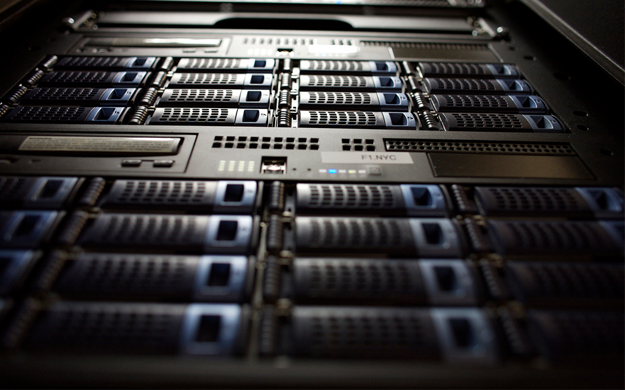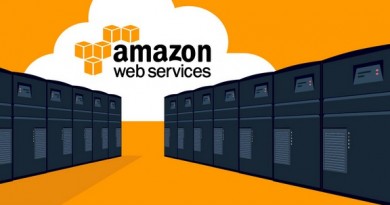How SSD Tech Can Improve Your Data Center
As solid state drive (SSD) technology matures and pricing continues to drop, more trusted mainstream vendors are offering products.
Yet flash’s price-to-capacity ratio remains an obstacle. “The high cost of flash remains the biggest barrier to its adoption, especially as driving down the cost of storage is a key priority for organizations,” according to a recent IDC report.
Two recent innovations are tackling this problem and accelerating the momentum to adopt flash storage in enterprise data centers.
The best of both worlds — hybrid flash arrays
For organizations seeking the capacity and cost efficiency of traditional hard disk drives (HDDs) as well as faster, richer flash performance, hybrid flash arrays (HFAs) fit the bill.
Consisting of both HDDs and SSDs, HFAs offer an HDD price point and all-flash array (AFA) performance. Vendors such as Dell accomplish this goal by optimizing capacity with performance and combining spinning media with flash systems. This way, “HFAs open up flash to more general-purpose workloads and to more price-sensitive but significant markets…” reports IDC.
More data, same space — triple-level cell NAND
Triple-level cell (TLC) NAND flash is attractive to enterprises because it can store 3 bits of data per cell, giving it a higher density and lower cost per bit than SLC or MLC. “New flash drives, built on TLC 3D NAND technology, bring down the $/GB cost of the all-flash array to roughly the same cost as 15K RPM HDDs, but offer flash-grade performance to address the single biggest stumbling block to flash adoption — cost,” reports IDC.
Although TLC is great for reads, it has lower write endurance than SLC or MLC — a problem for workload-intensive enterprise environments.
In what IDC calls a “red-hot” enterprise flash storage market with many vendors, IT decision makers struggle to find the right supplier. IDC offers some criteria:
Integration – Consider how flash storage will integrate into your overall organization. “IDC’s own research into enterprise flash adoption revealed that over half of the users preferred SSDs from their existing storage suppliers rather than from a different (startup) vendor, highlighting the importance of convergence, systems compatibility and sales and support relationships as criteria for flash adoption.” IDC notes Dell’s history of providing cost-competitive arrays that scale and integrate with existing architectures and its long-term warranty and support options.
Innovation – Look at whether the vendor offers innovative distinctions in its storage products. IDC reports that Dell “makes HFAs especially attractive to enterprises by adding many of the flash-specific features originally found only in AFAs, such as in its SC Series,” and has engineered advanced automated storage tiering (AST) capabilities.The first to the enterprise market with TLC 3D NAND, Dell uses AST and virtualized storage architecture to steer incoming writes to higher-endurance SLC and MLC drives in the hybrid array, then moves the data to TLC drives for subsequent reads — increasing the longevity of the TLC drives.
Source: https://powermore.dell.com/technology/2-ways-flash-innovation-can-change-your-data-center/


